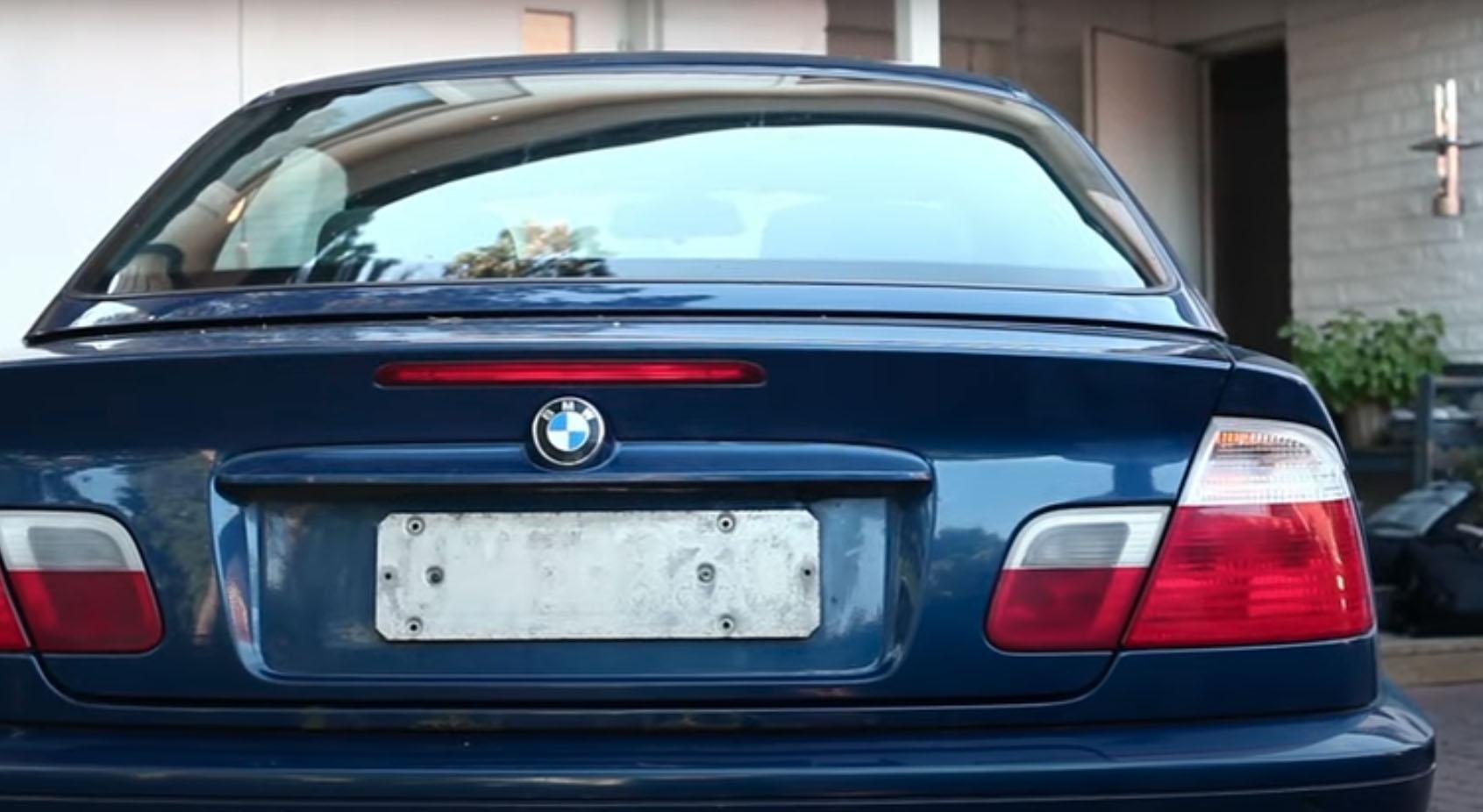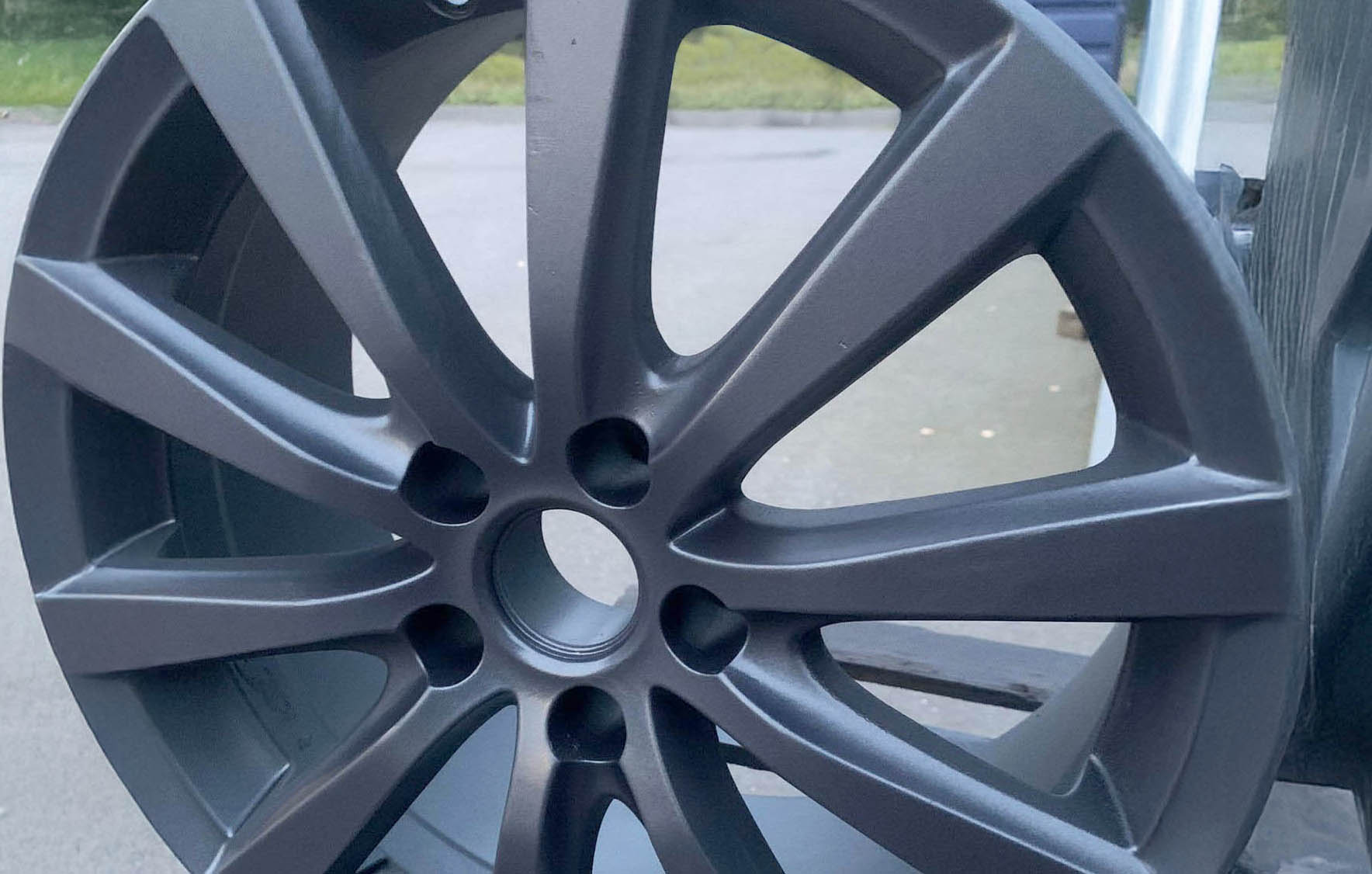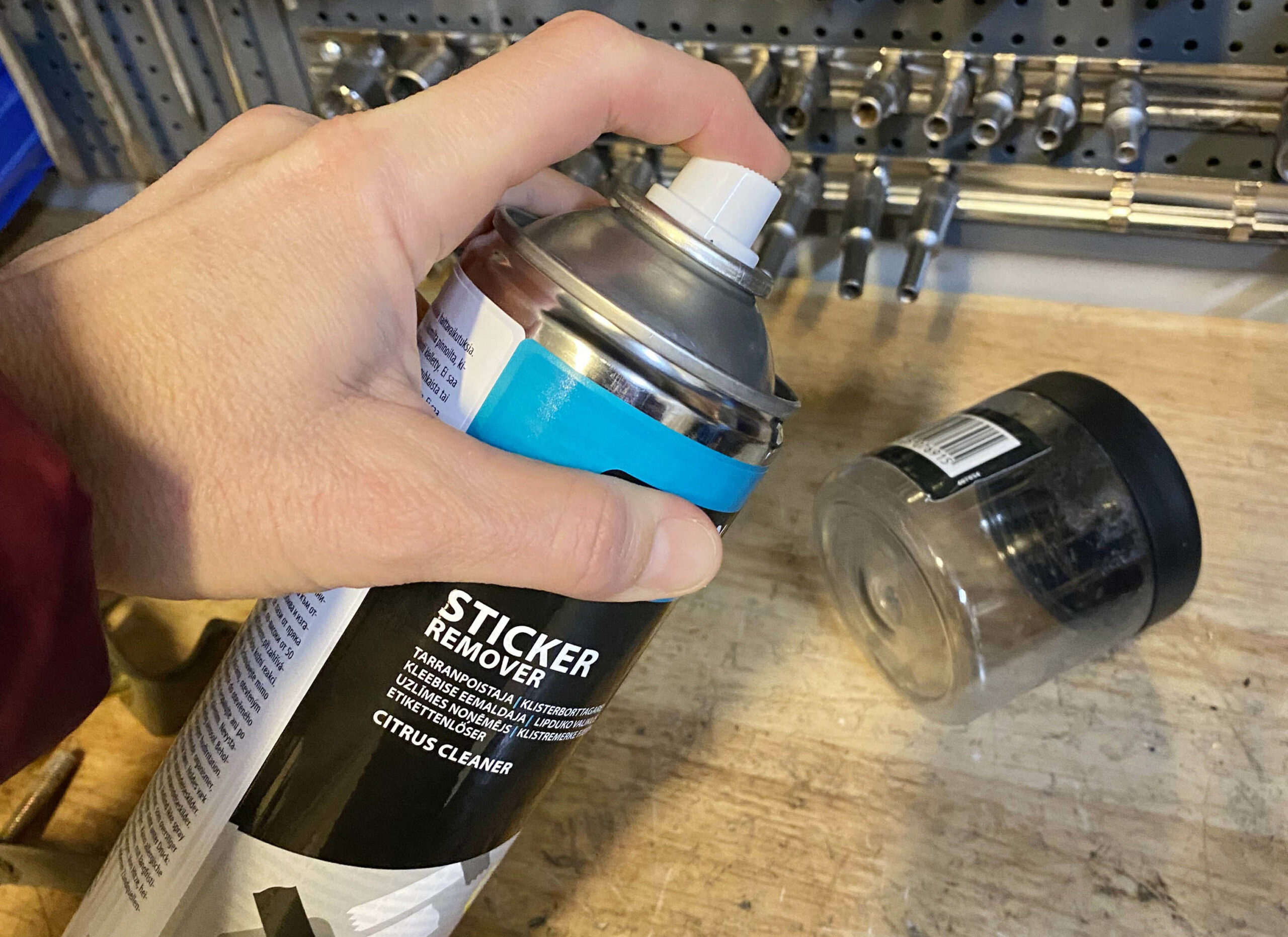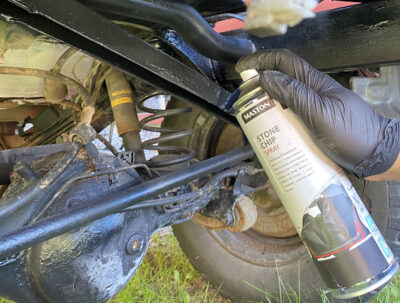What kind of surfaces can be spray painted?
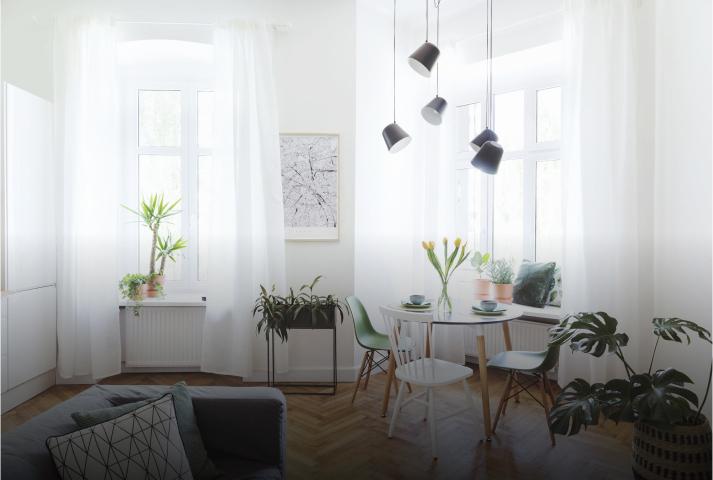
As a general rule, Maston spray paints can be applied on almost all untreated surfaces and on any previously painted or lacquered surfaces that have had at least a month to dry. The only exceptions are waxed or oiled surfaces. Maston spray paints rarely react to surfaces that have been treated before. However, to be on the safe side, do a test painting before commencing actual work.
Maston spray paints can be applied on almost any surface and used to paint on almost any material, such as wood, metal, glass, stone, concrete and hard plastics. Maston special primers allow you to also paint on soft plastics, styrofoam and rusty surfaces.
Treating the surface before painting
It is important that the surface is clean in order for paint to stick. The surface should also be sanded lightly with sand paper. For detailed information, please see our painting guide (link). We recommend that the colors of the Maston primer and the top coat are as close to each other as possible. Any plastic surfaces should always be primed with a Masto plastic primer.
Are there different spray paints?
The paint contained in the spray can impacts painting characteristics, drying time and surface quality. The most common spray paints are acrylic-based spray paint, alkyd paint, waterborne spray paint and Rubbercomp spray paint (links).
There are significant disparities in the covering power of different spray paints. Most Maston spray paints include an approximation of their coverage. As a general rule, one Maston spray paint can is enough for at least one square meter. Most high-quality Maston paints cover three times the area of an ordinary paint.

